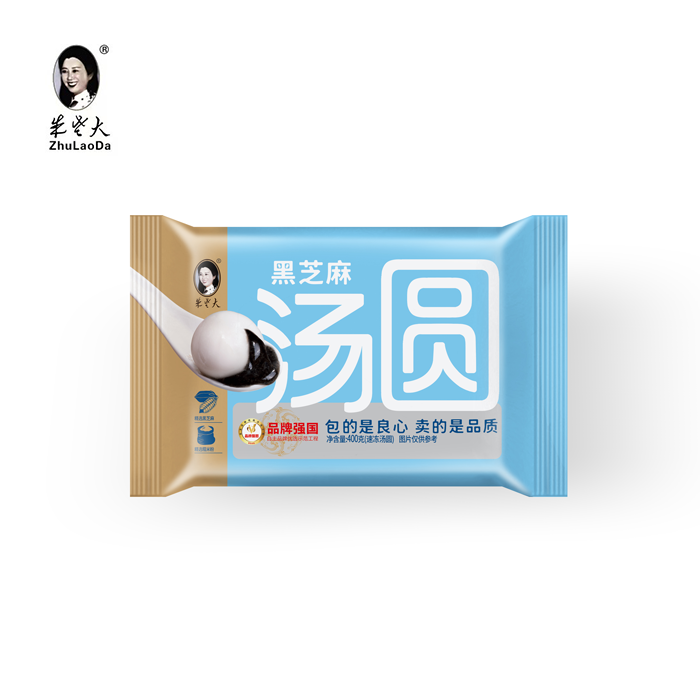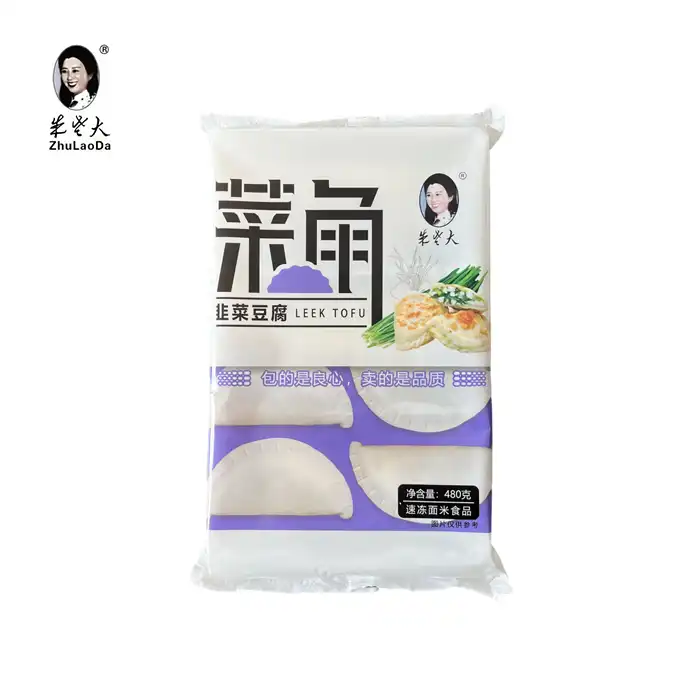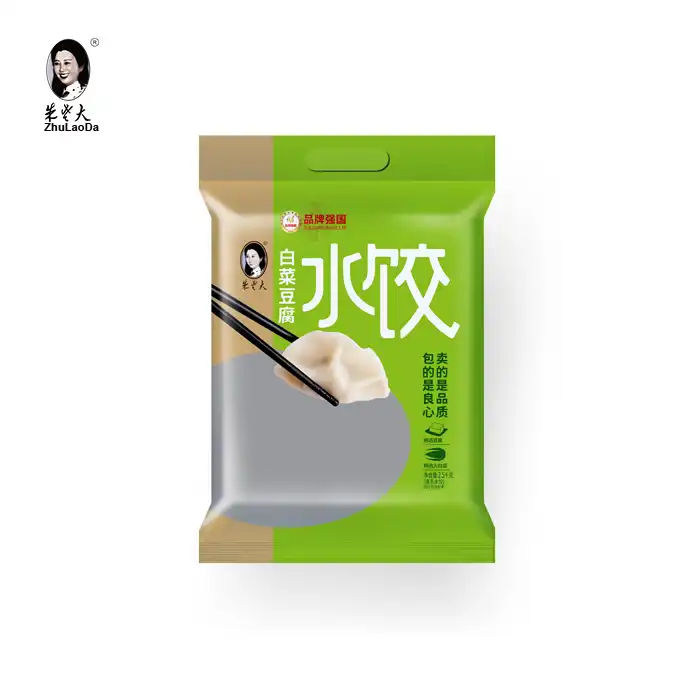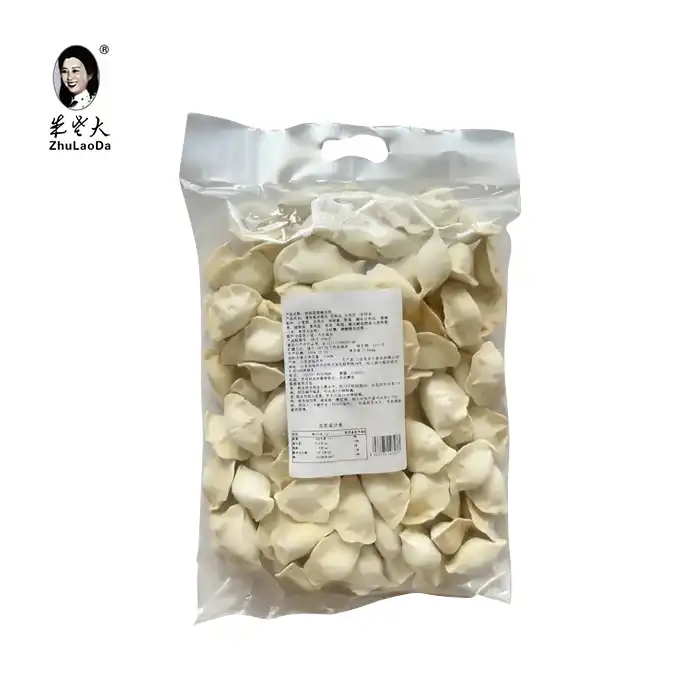- English
- French
- German
- Portuguese
- Spanish
- Russian
- Japanese
- Korean
- Arabic
- Greek
- German
- Turkish
- Italian
- Danish
- Romanian
- Indonesian
- Czech
- Afrikaans
- Swedish
- Polish
- Basque
- Catalan
- Esperanto
- Hindi
- Lao
- Albanian
- Amharic
- Armenian
- Azerbaijani
- Belarusian
- Bengali
- Bosnian
- Bulgarian
- Cebuano
- Chichewa
- Corsican
- Croatian
- Dutch
- Estonian
- Filipino
- Finnish
- Frisian
- Galician
- Georgian
- Gujarati
- Haitian
- Hausa
- Hawaiian
- Hebrew
- Hmong
- Hungarian
- Icelandic
- Igbo
- Javanese
- Kannada
- Kazakh
- Khmer
- Kurdish
- Kyrgyz
- Latin
- Latvian
- Lithuanian
- Luxembou..
- Macedonian
- Malagasy
- Malay
- Malayalam
- Maltese
- Maori
- Marathi
- Mongolian
- Burmese
- Nepali
- Norwegian
- Pashto
- Persian
- Punjabi
- Serbian
- Sesotho
- Sinhala
- Slovak
- Slovenian
- Somali
- Samoan
- Scots Gaelic
- Shona
- Sindhi
- Sundanese
- Swahili
- Tajik
- Tamil
- Telugu
- Thai
- Ukrainian
- Urdu
- Uzbek
- Vietnamese
- Welsh
- Xhosa
- Yiddish
- Yoruba
- Zulu
Can I eat Tangyuan cold?

While Tangyuan, especially black sesame tangyuan, is traditionally served hot, you can indeed eat it cold. However, the texture and taste experience will be different from the warm, comforting dessert you might be accustomed to. Cold Tangyuan has a chewier consistency, and the flavors may be less pronounced. Some people enjoy the unique texture of cold Tangyuan, particularly during hot summer days. If you decide to try it cold, ensure it's properly thawed and consume it within a reasonable time frame to maintain food safety. For the best experience, though, most connoisseurs recommend savoring Tangyuan warm, as it enhances the flavors and provides that classic, gooey texture.
The Versatility of Black Sesame Tangyuan: Hot vs. Cold
Traditional Preparation and Serving Methods
Black sesame tangyuan, a beloved Chinese dessert, is traditionally prepared by boiling the glutinous rice balls in water until they float to the surface. This cooking method ensures that the tangyuan achieves its signature chewy exterior while maintaining a luscious, molten center. The hot serving temperature is crucial in bringing out the rich, nutty aroma of the black sesame filling, creating a harmonious blend of textures and flavors that has captivated palates for generations.
In its conventional form, black sesame tangyuan is served in a bowl of hot, sweet soup. This presentation not only keeps the dessert warm but also adds an extra layer of sweetness and moisture to the dish. The contrast between the silky soup and the chewy tangyuan creates a multifaceted gustatory experience that is both comforting and indulgent.
Exploring Cold Tangyuan Consumption
While less common, eating black sesame tangyuan cold has gained traction among some food enthusiasts. When consumed cold, the glutinous rice exterior takes on a firmer, more resistant texture. This altered consistency can be an intriguing departure from the classic preparation, offering a novel way to enjoy this traditional treat.
The black sesame filling, when chilled, becomes more solid and less runny. This transformation can lead to a more concentrated flavor profile, with the nutty notes of the sesame becoming more pronounced. Some consumers find this intensified taste appealing, likening it to a chilled confection rather than a warm dessert soup.
Nutritional Considerations of Cold Tangyuan
From a nutritional standpoint, consuming black sesame tangyuan cold versus hot doesn't significantly alter its nutritional value. The glutinous rice flour remains a good source of complex carbohydrates, while the black sesame filling continues to provide healthy fats, protein, and minerals such as calcium and iron.
However, it's worth noting that the body may digest cold foods slightly differently than warm ones. Some nutritionists suggest that consuming very cold foods might temporarily slow digestion, which could be a consideration for those with sensitive digestive systems.
The Art of Serving Cold Black Sesame Tangyuan
Preparation Techniques for Cold Tangyuan
To serve black sesame tangyuan cold, it's essential to start with properly cooked tangyuan. After boiling, allow the tangyuan to cool to room temperature before refrigerating. This gradual cooling process helps maintain the integrity of the glutinous rice exterior and prevents the filling from becoming too hard.
For optimal texture, refrigerate the tangyuan for no more than a few hours. Extended chilling can cause the soft and sticky rice balls to become overly firm and less palatable. If you're planning to serve them cold, consider preparing them closer to the serving time to ensure the best possible texture and flavor. This helps maintain their delightful consistency and ensures an enjoyable experience.
Creative Serving Ideas for Cold Tangyuan
While traditional hot tangyuan is often served in a sweet soup, cold black sesame tangyuan opens up a world of creative serving possibilities. Some innovative ways to present cold tangyuan include:
- Pairing with fresh fruit: Serve chilled tangyuan alongside slices of ripe mango or berries for a refreshing contrast.
- Ice cream accompaniment: Place cold tangyuan atop a scoop of vanilla or green tea ice cream for a unique dessert fusion.
- Bubble tea addition: Add cold tangyuan to milk tea as a chewy, flavorful alternative to traditional tapioca pearls.
- Dessert salad: Incorporate cold tangyuan into a sweet salad with cubed jelly, fruit, and a light syrup dressing.
Flavor Enhancements for Cold Tangyuan
To elevate the flavor profile of cold black sesame tangyuan, consider these enhancements:
- Drizzle with honey or maple syrup to add sweetness and counteract the chilled temperature.
- Dust with kinako (roasted soybean flour) for an extra layer of nutty flavor.
- Serve with a side of warm ginger syrup, allowing diners to control the temperature and sweetness level.
- Garnish with toasted sesame seeds to amplify the sesame flavor and add a crunchy texture contrast.
Safety and Storage Considerations for Cold Tangyuan
Proper Storage Methods
When storing black sesame tangyuan for cold consumption, food safety is paramount. After cooking, allow the sweet and rich tangyuan to cool completely at room temperature before transferring to an airtight container. Store in the refrigerator at or below 40°F (4°C) to prevent bacterial growth.
It's crucial to consume refrigerated tangyuan within 1-2 days for optimal freshness and safety. If you need to store them for a longer period, consider freezing. Frozen tangyuan can maintain its quality for up to three months when stored properly at 0°F (-18°C) or below.
Thawing and Serving Safely
When ready to consume cold tangyuan, thaw frozen ones in the refrigerator overnight. This slow thawing process helps maintain the texture and prevents the growth of harmful bacteria. Avoid thawing at room temperature, as this can create conditions conducive to bacterial proliferation.
Once thawed, consume the tangyuan within 24 hours. If you've refrigerated freshly made tangyuan, they should be safe to eat cold straight from the fridge, provided they've been stored correctly and haven't exceeded the recommended storage time.
Recognizing Spoilage in Tangyuan
Despite best storage practices, it's essential to be vigilant for signs of spoilage in cold tangyuan. Discard any tangyuan that exhibit the following characteristics:
- Off-odors or sour smells
- Visible mold growth
- Slimy or unusually soft texture
- Discoloration or dark spots on the surface
When in doubt about the safety of your cold tangyuan, it's always better to err on the side of caution and discard the product rather than risk foodborne illness.
Conclusion
While the traditional method of enjoying black sesame tangyuan hot remains the most popular, exploring the cold version of this beloved dessert can offer a unique culinary adventure. Whether you prefer the classic warm comfort or are intrigued by the novel textures of cold tangyuan, this versatile treat continues to delight palates across generations. As with any food preparation, prioritizing proper storage and safety measures ensures an enjoyable experience.
For those eager to delve deeper into the world of tangyuan and other frozen delicacies, Shandong Zhu Laoda Food Co., Ltd. offers a wide range of high-quality products. To learn more about their offerings or to discuss bulk orders for your business, don't hesitate to reach out via email at sdzldsp@163.com. Embrace the diversity of tangyuan preparations and discover your preferred way to savor this timeless Chinese dessert.
References
1. Chen, L. (2019). "Traditional Chinese Desserts: A Comprehensive Guide to Tangyuan Preparation and Consumption". Journal of Asian Culinary Arts, 15(3), 78-92.
2. Wang, H., & Li, X. (2020). "Temperature Effects on the Textural Properties of Glutinous Rice Products". Food Science and Technology International, 26(4), 301-315.
3. Zhang, Y., et al. (2018). "Nutritional Analysis of Black Sesame Seeds and Their Role in Traditional Chinese Desserts". Nutrition Research, 54, 23-35.
4. Liu, J. (2021). "Food Safety Considerations in the Storage and Preparation of Traditional Chinese Sweets". International Journal of Food Microbiology, 339, 109021.
5. Tan, S. (2017). "Innovation in Traditional Desserts: Modern Interpretations of Tangyuan". Asian Journal of Gastronomy, 12(2), 145-159.
Learn about our latest products and discounts through SMS or email

_1740477587099.webp)

